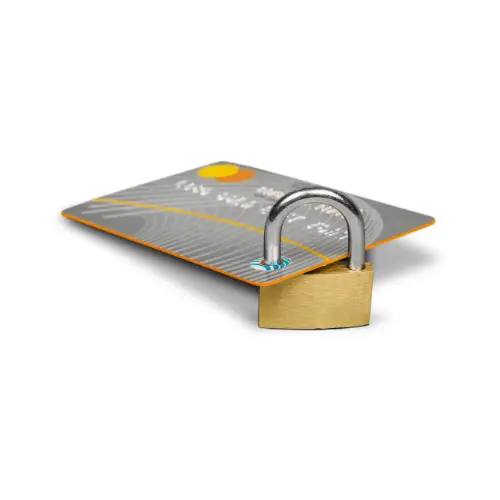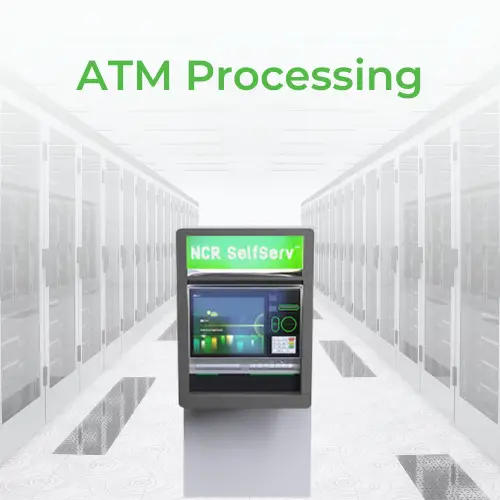Tips for a Successful ITM Channel: Helping Your Account Holders Embrace the Future of Banking
Tips for a Successful ITM Channel: Helping Your Account Holders Embrace the Future of Banking Interactive Teller Machines (ITMs) are changing how banks and credit unions serve their communities. By combining the convenience of an ATM with the personal service of a live teller, an ITM serves as a flexible, modern solution for everyday banking. … Read more



